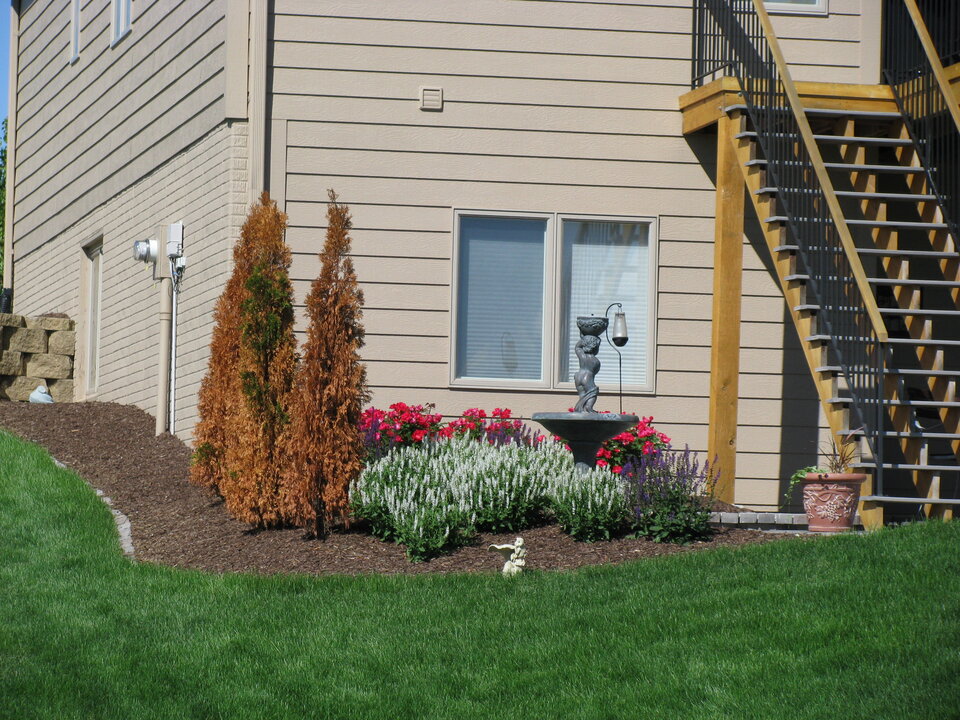Is This Plant Dead?

You hear these terms – “the dead of winter” and “dead to the world”, but what do they really mean? In most cases, they’re exaggerations or synonyms for other situations; in this case, really cold weather with no end in sight and really, really tired.
In the plant world, the question of “is this plant dead?” comes up quite frequently, especially in winter, and especially with broadleaf evergreens such as arborvitae, yews, holly, boxwood and Oregon hollygrape.
The most common cause of injury with these plants is desiccation. To prevent it, apply an anti-desiccant product such as Wilt Pruf or Stop Wilt 2-3 times in winter. Generally, the timing would be along the lines of Thanksgiving, Christmas and Valentine’s Day or every 6 weeks in cold windy weather.
The keys to success with these applications are
- Spraying on days when temperatures are above 38 degrees F so that the product can dry on the leaves before the temperature falls below freezing.
- Coating both sides of the leaves to the point of runoff.
- Cleaning out the sprayer thoroughly after use to prevent clogging of the lines. Simple soap and water clean-up is sufficient.
Screening with burlap or similar material to buffer the prevailing winds may also be appropriate, especially in open, fully exposed landscapes.
This article was reviewed by Nicole Stoner